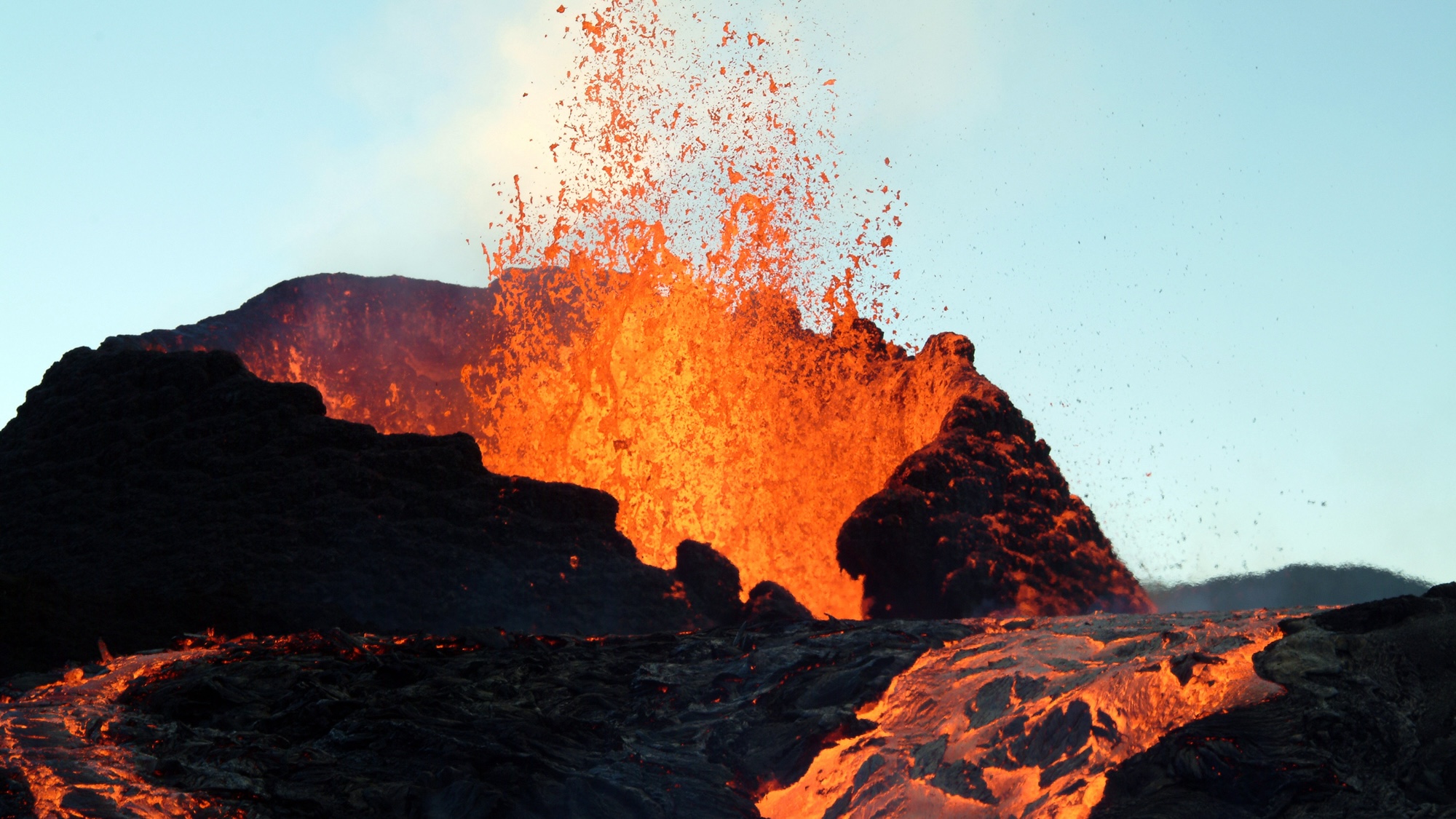Many seismologists and researchers have long believed the Earth possesses a fast flowing and well-mixed mantle. But that theory may require some revisions according to new findings from researchers at the Netherlands’ Utrecht University. Their evidence comes from a pair of sunken, continent-sized “out of tune” geological islands located inside a tectonic plate “graveyard” 1,800-feet-below the planet’s surface.
Their study, published on January 22nd in the journal Nature, relies on the tones generated during large earthquakes that cause the Earth to vibrate like a giant bell. As an accompanying university announcement explains, seismologists study the planet’s interior by analyzing these oscillations’ acoustic signatures. Experts can also then identify anomalies based on whether regions are out of tune, or if their volume is dampened.
Over 25 years ago, researchers discovered that some of these deep Earth reverberations pointed to the existence of two underground “super-continents” hundreds of miles beneath Africa and the Pacific Ocean. At the time, scientists weren’t sure if these formations near the boundary between Earth’s mantle and core were a temporary phenomenon, or if they had existed there for millions or billions of years. What they did know, however, was what encased the pair of mysteries.
“These two large islands are surrounded by a graveyard of tectonic plates which have been transported there by a process called ‘subduction,’” study co-author and Utrecht University seismologist Arwen Deuss explained in Thursday’s announcement. During subduction, a tectonic plate shifts beneath another one, forcing it from the Earth’s surface down as far as nearly 1,900 feet.
The two sub-continents, as well as any other areas causing seismic waves to slow, are known as Large Low Seismic Velocity Provinces, or LLSVPs. One of the principal reasons why acoustic slowdowns occur is due to a LLSVP’s hotter temperature compared to its surrounding environment. Duess and collaborators focused on the LLSVPs’ ability to “damp” seismic waves, referring to the energy loss that occurs as waves travel through the planet. They paid particular attention to where tones became out of tune, but also how loud or quiet they became during their journeys.
“Against our expectations, we found little damping in the LLSVP, which made the tones sound very loud there,” explained study co-author Sujania Talavera-Soza. “But we did find a lot of damping in the cold slab graveyard, where the tones sounded very soft.”
This contrasted with readings collected from the upper mantle that looked as expected—damped waves due to hotter temperatures. Talavera-Soza likened the difference to going for a run in hot or cold weather. When it’s hotter, runners tend to slow down and tire more easily than when temperatures are much cooler.
Colleagues suggested moving beyond examining temperatures to investigating an LSVP’s mineral composition, particularly the individual grain sizes. According to Duess, grain size proved “much more important.”

Deuss explained the slab graveyard’s LLSVPs are made of small grains that formed after the minerals recrystallize during each formation’s downward trip into the planet. Smaller grains mean a far greater number of them, as well as a larger number of the tiny gaps between them. Any acoustic waves traveling through these formations lose energy while passing through the many grain boundaries, leading to more damping. But because the two LLSVPs gave off very little damping, their grain sizes must be much larger.
Bigger grains also imply these LLSVPs are much more ancient than researchers first hypothesized—at least 500-million–years-old, but perhaps even reaching past 1 billion years. These mineral grains are also much more rigid, making them capable of resisting the flow of Earth’s mantle, called mantle convection.
“After all, the LLSVPs must be able to survive mantle convection one way or another,” said Talavera-Soza.
The recent discoveries contradict the descriptions of a very fluid and well-mixed mantle found in most geology textbooks. Such a potentially major seismological revision reverberates far beyond LLSVP composition, age, or movement. Understanding how these massive formations grow in size and interact with their surroundings helps better illuminate Earth’s planetary evolution. It also has implications for the inner workings of volcanoes and mountains.
“The Earth’s mantle is the engine that drives all these phenomena,” said Duess, who offered mantle plumes as an example. These large pockets of molten material rise through the Earth from deep inside its interior, much like the movement in a lava lamp. Once near the surface, these plumes help to cause volcanic eruptions.
“[W]e think that those mantle plumes originate at the edges of the LLSVPs,” said Duess.


